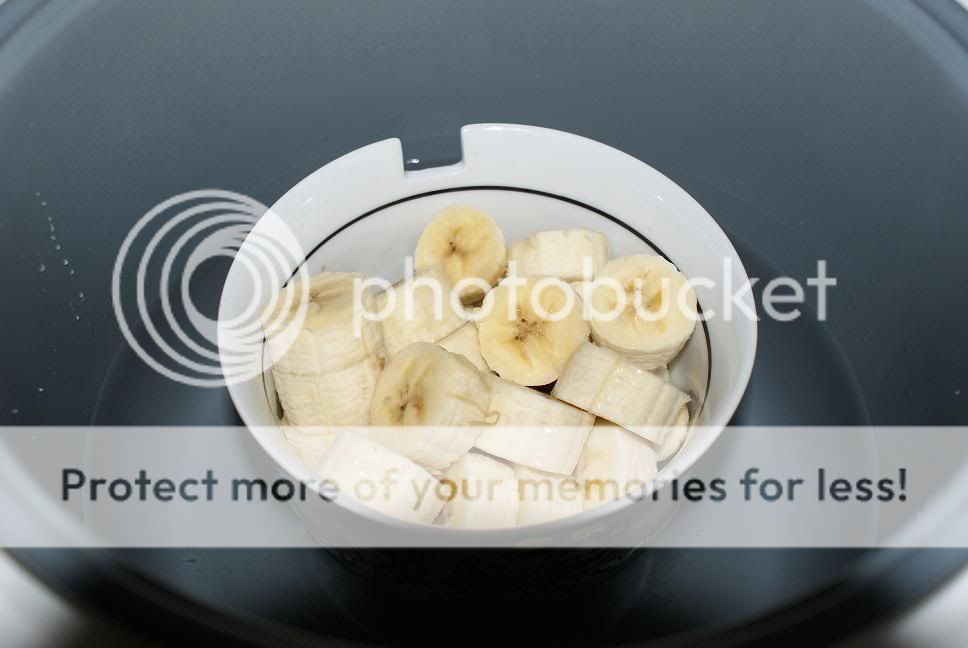But this was good timing for experimenting.
I'ld made batches of apple, pear and carrot puree and had them frozen in ice cube trays. Once frozen, I transfered them into ziplock bags.
We had a small handy ice box (free sebab beli red bull ke apa gitu, tak ingat) and that was used to carry them.

We departed from Ampang at 4am. Stopping at Jambatan Sultan Azlan near Kuala Kangsar for Sya's morning feed at 6am and for Subuh prayers. I bough this rather large Formula Container and Separator when I was in Batu Pahat Mall. This was very handy as Sya drinks 3 large scoops now (6oz).

We adjusted our breakfast at 8.45am. I am thankful for the airtight mini containers I had bought during our last travel to Penang. They were so handy. I had this prepacked with Farley's Rusk for Sya's breakfast (this just needed milk and warm water added)

I also reserved a bag to defrost when we got to Gurun. So as we reached Kuala Perlis Jetty, I had all my utensils ready in a bagpack easily reachable. Sya had her lunch in the Ferry to Langkawi itself.
The Tommy Tippee Traveling Spoons was convinient for keeping spoons clean.


And when I had finished with the container and spoons, I just rinse them and keep them together so I know which is which (which has been used) to be washed properly when we got back to the hotel room.

I'll write more on tips for easily getting stuff to change your baby when travelling soon. Till then, its not that hard to travel with a baby. You only need guts and a little planning ;)












































